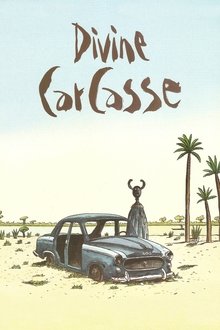Early 90s London gets a vibrant dose of African culture in this mini odyssey fusing dance, music and fashion.
Related Movies
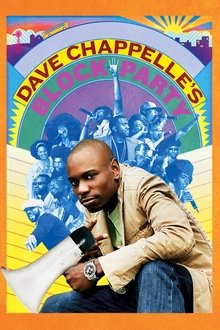
Dave Chappelle's Block Party (2005)
The American comedian/actor delivers a story about the alternative Hip Hop scene. A small town Ohio mans moves to Brooklyn, New York, to throw an unprecedented block party.

The Devil Wears Prada (2006)
Andy moves to New York to work in the fashion industry. Her boss is extremely demanding, cruel and won't let her succeed if she doesn't fit into the high class elegant look of their magazine.
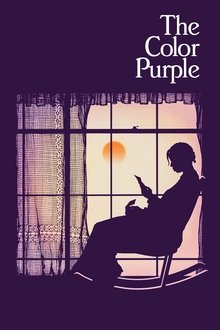
The Color Purple (1985)
An epic tale spanning forty years in the life of Celie, an African-American woman living in the South who survives incredible abuse and bigotry. After Celie's abusive father marries her off to the equally debasing 'Mister' Albert Johnson, things go from bad to worse, leaving Celie to find companionship anywhere she can. She perseveres, holding on to her dream of one day being reunited with her sister in Africa.

La Haine (1995)
After a chaotic night of rioting in a marginal suburb of Paris, three young friends, Vinz, Hubert and Saïd, wander around unoccupied waiting for news about the state of health of a mutual friend who has been seriously injured when confronting the police.
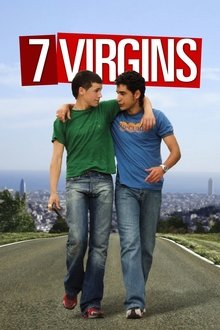
7 Virgins (2005)
Tano is 16-years-old and is already sitting in jail. In 48 hours he’s a free man and off to the wedding of his brother. In the two days he recounts his neighborhood in a section of Sevilla.
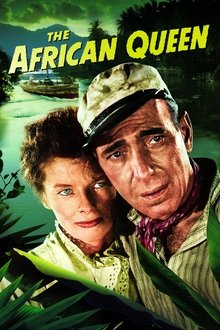
The African Queen (1952)
At the start of the First World War, in the middle of Africa’s nowhere, a gin soaked riverboat captain is persuaded by a strong-willed missionary to go down river and face-off a German warship.
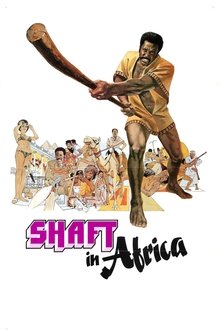
Shaft in Africa (1973)
Detective John Shaft travels incognito to Ethiopia, then France, to bust a human trafficking ring.

Wonder Boy (2019)
At age 25, Olivier Rousteing was named the creative director of the French luxury fashion house, Balmain. At the time, Rousteing was a relatively unknown designer, but in the decade since, he’s proven his business prowess and artistic instinct by leading Balmain to new heights. Wonderboy gives the viewer the rare opportunity to experience the inner sanctum of the fashion world, as we stand shoulder-to-shoulder with this extraordinary individual while he works.
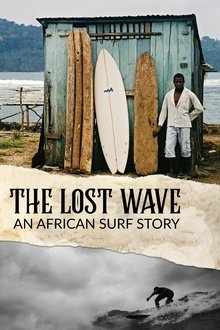
The Lost Wave (2007)
The search to prove that surfing is an African sport by traveling to the remote island nation of Sao Tome.
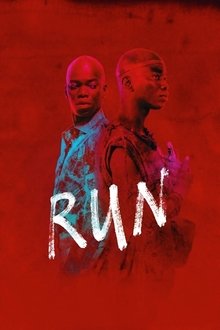
Run (2014)
Run escapes... He just killed the Prime Minister of his country. In order to do so, he had to act as if he was a crazy man, wandering through the city. His life comes back by flashes; his childhood with Tourou when his dream was to become a rain miracle-worker, his adventures with Gladys the eater, and his past as a young member of militia, in the heart of the politic and military conflict in Ivory Coast. All those lives, Run didn't choose them. Every time, he felt in by running from another life. That's the reason why his name's Run.
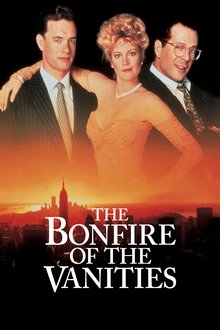
The Bonfire of the Vanities (1990)
After his mistress runs over a black teen, a Wall Street hotshot sees his life unravel in the spotlight; A down-and-out reporter breaks the story and opportunists clamber to use it to their advantage.
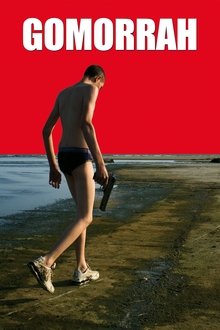
Gomorrah (2008)
An inside look at Italy's modern-day crime families, the Camorra in Naples and Caserta. Based on a book by Roberto Saviano. Power, money and blood: these are the "values" that the residents of the Province of Naples and Caserta have to face every day. They hardly ever have a choice and are forced to obey the rules of the Camorra. Only a lucky few can even think of leading a normal life.
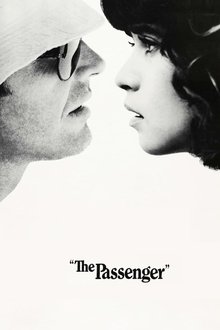
The Passenger (1975)
David Locke is a world-weary American journalist who has been sent to cover a conflict in northern Africa, but he makes little progress with the story. When he discovers the body of a stranger who looks similar to him, Locke assumes the dead man's identity. However, he soon finds out that the man was an arms dealer, leading Locke into dangerous situations. Aided by a beautiful woman, Locke attempts to avoid both the police and criminals out to get him.
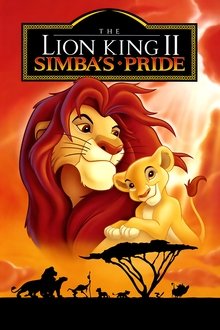
The Lion King II: Simba's Pride (1998)
The circle of life continues for Simba, now fully grown and in his rightful place as the king of Pride Rock. Simba and Nala have given birth to a daughter, Kiara who's as rebellious as her father was. But Kiara drives her parents to distraction when she catches the eye of Kovu, the son of the evil lioness, Zira. Will Kovu steal Kiara's heart?

Freedomland (2006)
A black police detective must solve a strange case of a kidnapped boy and deal with a big racial protest.
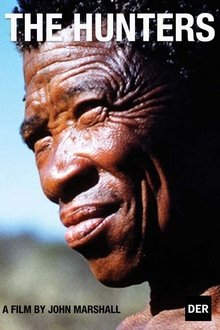
The Hunters (1957)
An ethnographic film that documents the efforts of four !Kung men (also known as Ju/'hoansi or Bushmen) to hunt a giraffe in the Kalahari Desert of Namibia. The footage was shot by John Marshall during a Smithsonian-Harvard Peabody sponsored expedition in 1952–53. In addition to the giraffe hunt, the film shows other aspects of !Kung life at that time, including family relationships, socializing and storytelling, and the hard work of gathering plant foods and hunting for small game.
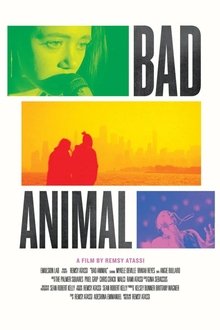
Bad Animal (2021)
Everything changes for a rising hip-hop star, SEMBRÉ, and his manager, MARLENE, a talented indie artist in her own right; as they are dealing with the collapse of their five-year romance, a new producer shows up with a major record deal, forcing them to confront their past while navigating the price of loyalty and fame in the underground Chicago music scene.
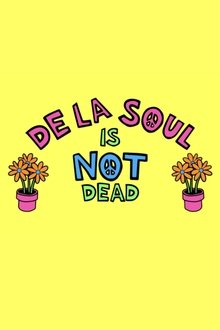
De La Soul Is Not Dead: The Documentary (2016)
De La Soul Is Not Dead is an ode to the act’s iconic 1991 studio album De La Soul Is Dead. The film documents the Long Island group’s rise to prominence and subsequent rise through the ranks of rap. Centered on De La Soul’s first four projects, De La Soul Is Not Dead is a study of the critically-acclaimed group’s most productive, significant period of creation.

Alien Nights (2023)
Rio Branco, Acre, an Amazon city near the border with Peru and Bolivia, has been suffering the violent impacts of recent changes in trafficking routes, which have arrived with violence in the Brazilian Amazon. In this scenario, the lives of three young childhood friends intertwine and ultimately, they find themselves in a common tragedy.
